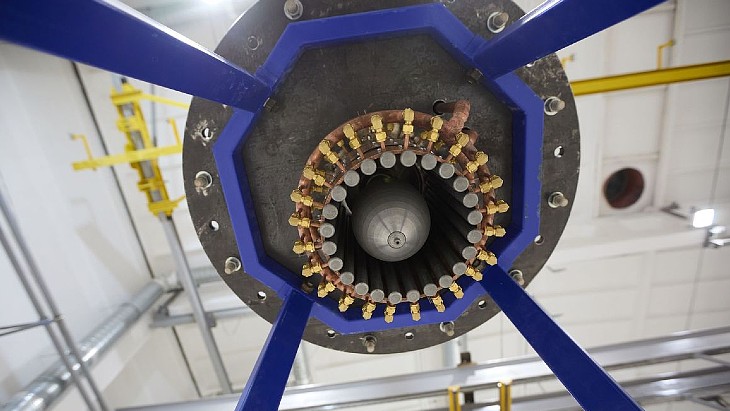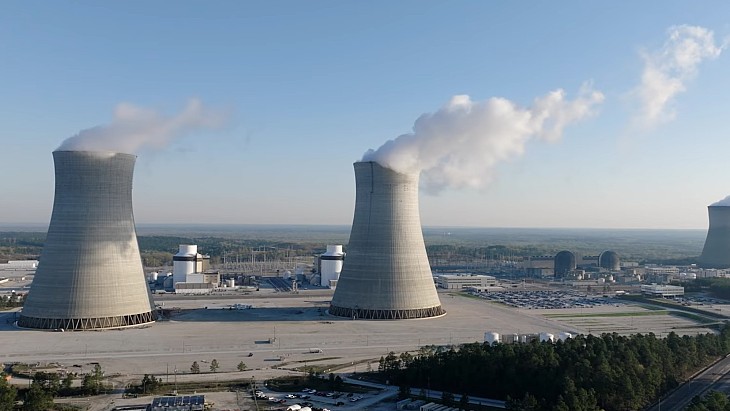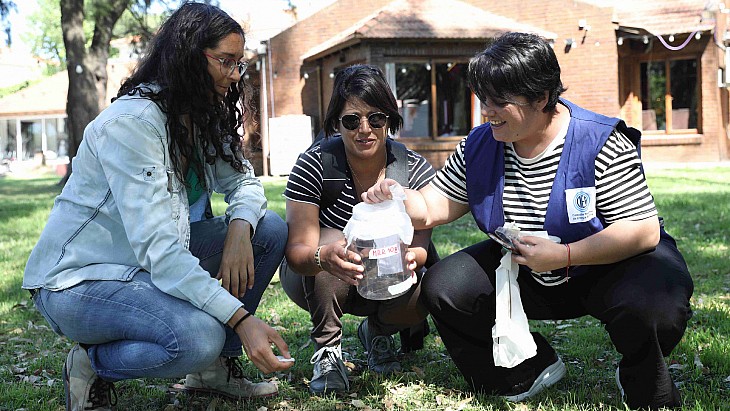Positive results from space battery work
Initial success in demonstrating the feasibility of "space batteries" has led to the UK's National Nuclear Laboratory (NNL) being awarded further developmental work by the European Space Agency (ESA).
NNL has so far spent two years and £1 million ($1.5 million) on its project to develop space batteries for ESA. The work has focussed on determining the technical feasibility and cost of separating americium from plutonium so that it can be used to power batteries for applications in space.
The initial phase of the project was to develop the process to separate americium from plutonium, followed by the design and costing of the plant that could deliver this on a scale required by ESA. The second phase was to prove the process using a small quantity of plutonium at NNL's Central Laboratory in Cumbria. This plutonium was sourced from the nearby Sellafield nuclear complex.
NNL has now announced that results of this work confirm that the process performed even better than designed, allowing a reduced cost estimate for the final plant to be produced. NNL managing director Paul Howarth: "I'm pleased that we were able to exceed ESA's expectations by proving the technical feasibility of using americium in space batteries and being able to show potential cost reductions in doing so."
Having presented its results to ESA, the agency has decided to award further work to NNL for development of the space battery. NNL expects this work to be worth some €2 million ($2.7 million) and last a further two years. The next phase of the work will look to further develop the flowsheet, significantly increasing the quantity of americium separated, and develop the process to produce pellets of americium that could be used in the final space batteries.
If successfully developed, the americium could be used in radioisotope thermoelectric generators (RTGs) to power the next generation of European deep space missions. RTGs are electrical generators that obtain their power from radioactive decay. They have been used as power sources in satellites, space probes and unmanned remote facilities for many years.
Researched and written
by World Nuclear News


.jpg)






_88592.jpg)
_66488.jpg)

